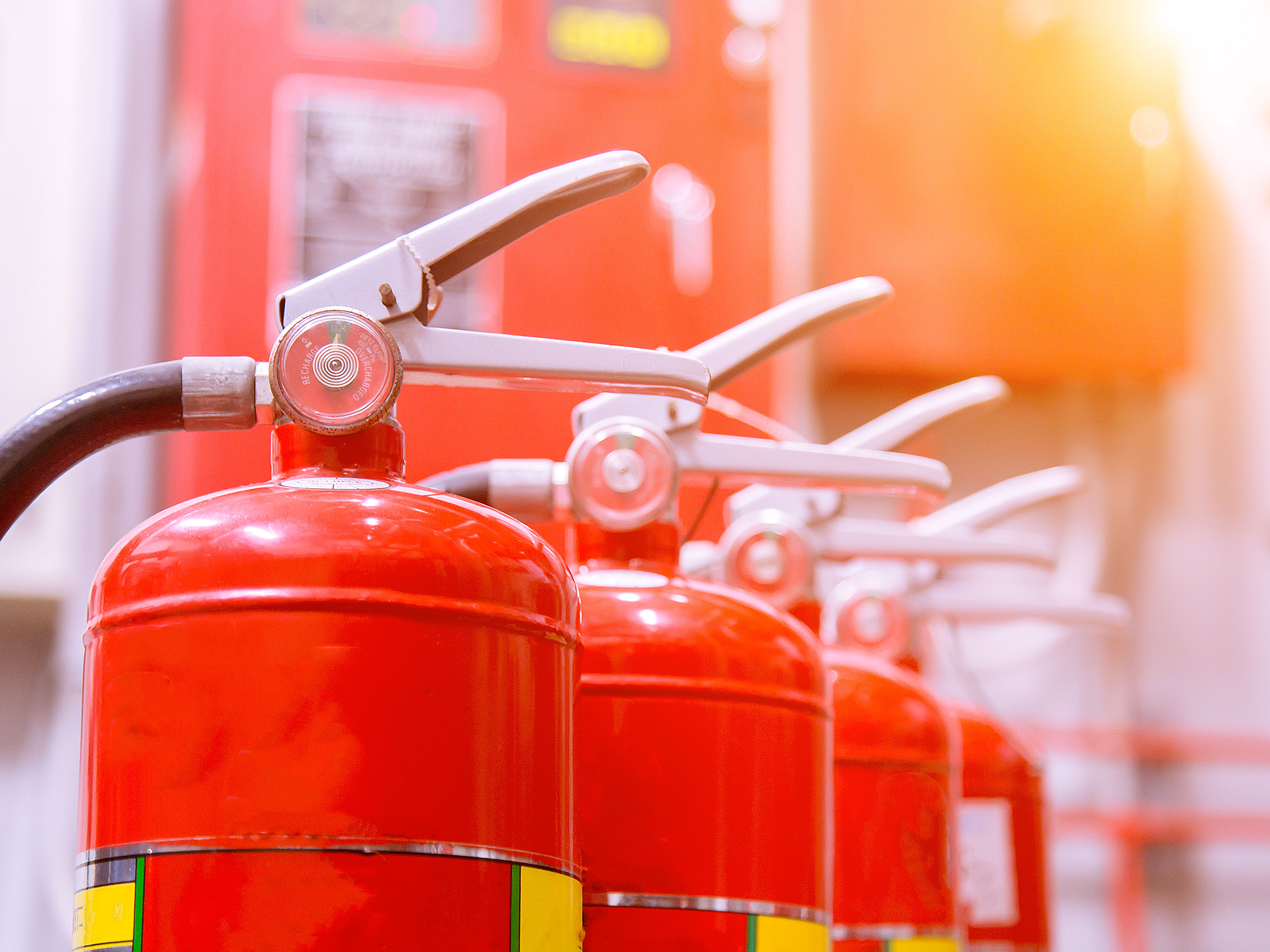Fire Service Managers seek to run their organisation efficiently to deliver a service that is cost effective for the community they serve. The number of incidents attended by Fire and Rescue Services (FRS) has reduced dramatically by 14% in the last 10 years and by 30% in the last 25 years.
As the demand on the FRS has reduced, so too has the number of operational fire fighters employed to respond to this demand. Since 2010 more than 11,000 firefighter posts, approximately 20%, have been lost across the UK. Parallel to these two reductions was the removal of national minimum fire cover standards in 2004. Each Fire and Rescue Service now set their own response times in their Integrated Risk Management Plan / Community Risk Management Plan. An example would be:
“We aim to have the first fire engine to arrive in twelve minutes to primary fires on 80% of occasions, measured from the time of call”.
Nationally the average response time to primary fires in the year ending March 2023 was 9 minutes and 13 seconds. One FRS reported:
“On average, over the last five years, Automatic Fire Alarm signals which were false alarms accounted for around 30% of all of our operational activity, equivalent to 7080 mobilisations per year where no fire was found. Only a small proportion (less than 2%) of these fire alarms result in a fire being found on attendance. These thousands of hours will be saved and invested into community prevention work and operational training”.
All but 14 of the 52 FRS in the UK have put protocols in place to limit responses to unwanted fire alarm signals (false alarms) to increase the availability of their firefighters and fire appliances for life threatening incidents. London Fire Brigade are the latest FRS to take this approach.
All of these FRS will still respond immediately to life threatening incidents, for example Care Homes, Hospitals, Hostels or Private Dwellings. However, they will not respond, without a backup call, to lower risk premises (this may include Schools, Warehouses, Sporting Venues and Industrial Manufacturing Premises) during normal working hours for example 7:30am to 8:30pm.
As all FRS protocols are different, we recommend that you:
• Visit your FRS website to establish the response protocol that they are implementing.
• Apply for an exemption from the protocol if you believe your undertaking should not be subject to this response protocol.
• Ensure your fire risk assessment is reviewed regularly to reduce the impact of these extended response times to a fire in your premises. This should include the management of your processes and storage of hazardous materials.
• Ensure you have a suitable emergency plan and evacuation procedure when the building is occupied.
• Ensure you have procedures in place to safely investigate the source of a fire alarm activation, both in the hours your business operates and out of hours.
• Ensure your staff are aware of the procedures and trained to safely investigate the source of an alarm and make a back-up 999 call if necessary.
• Ensure you provide your alarm monitoring company with relevant keyholder information for out of hours responses to your premises.
Clear Risk Management are here to assist you meet your responsibilities in this changing fire response environment. Please get in touch at riskmanagement@thecleargroup.com for more information.







